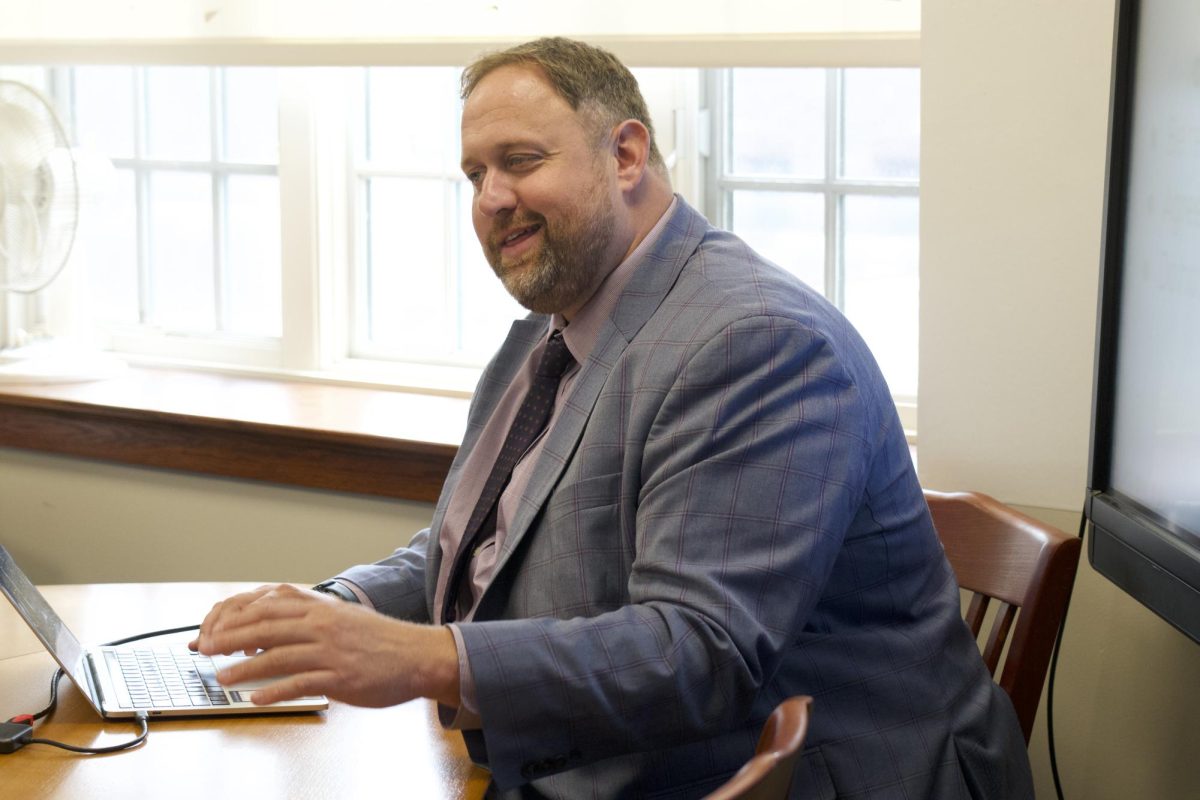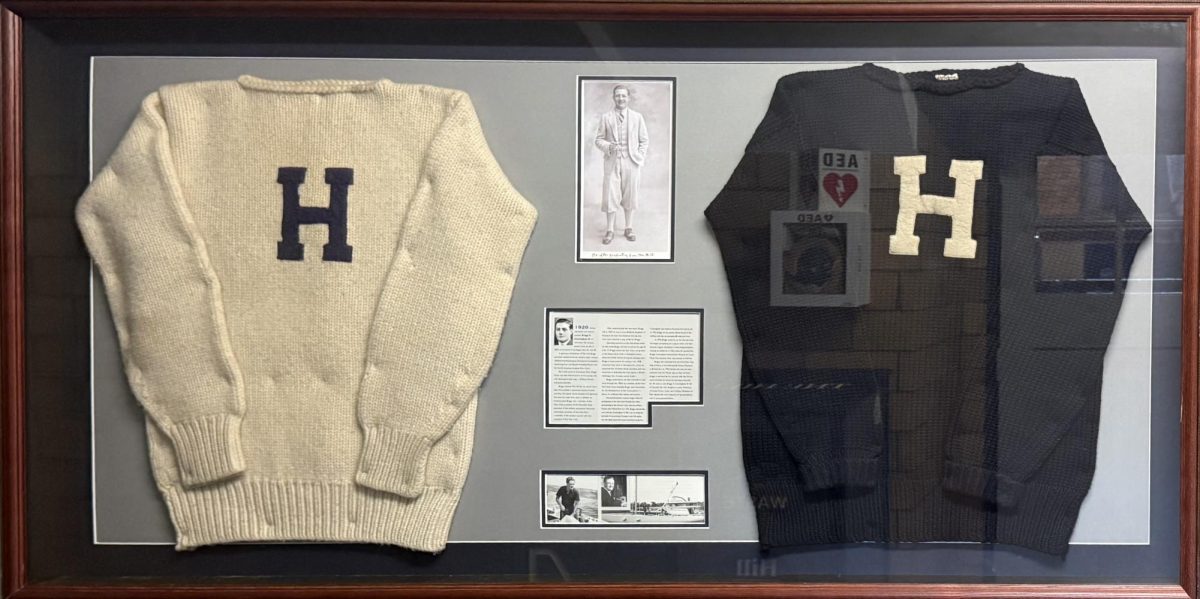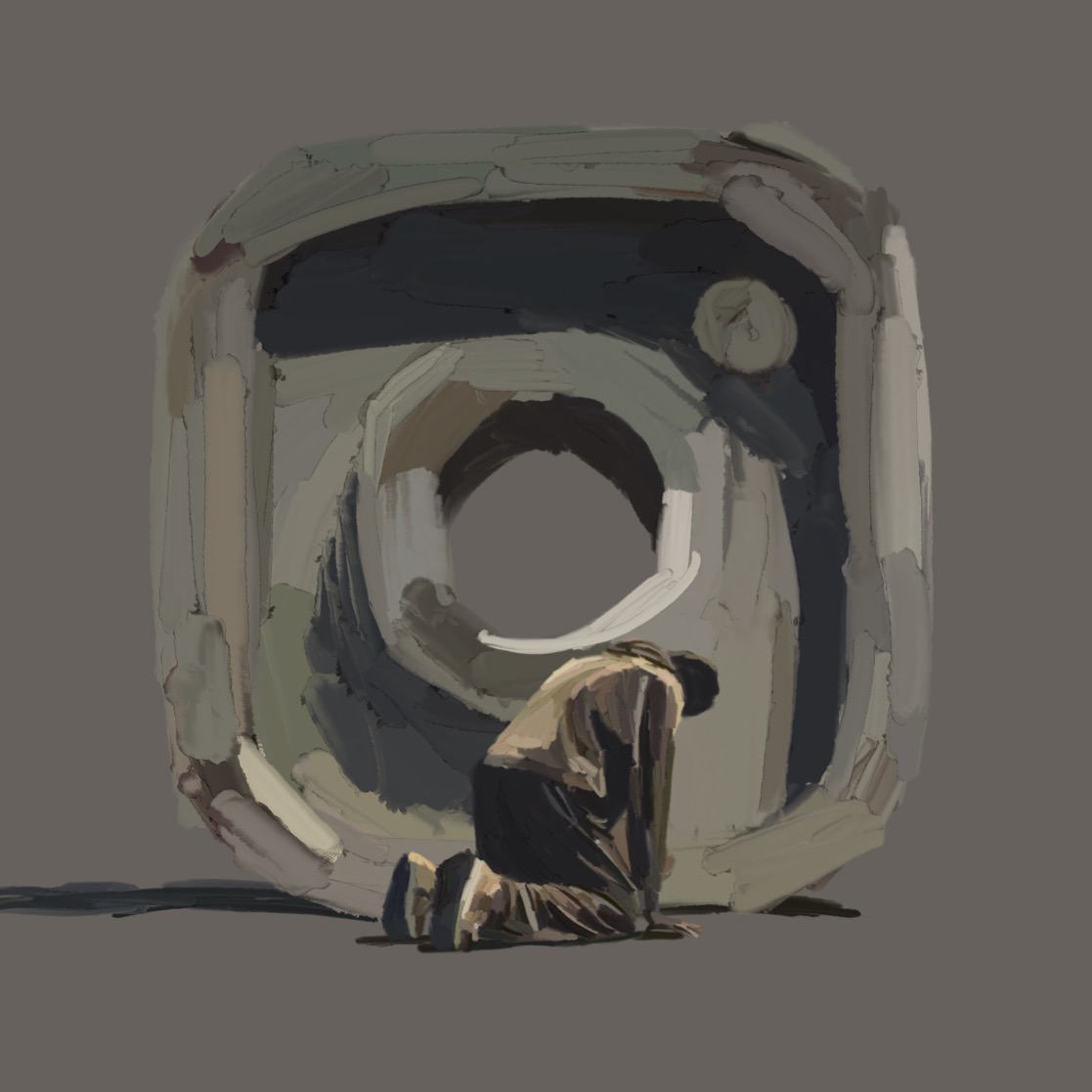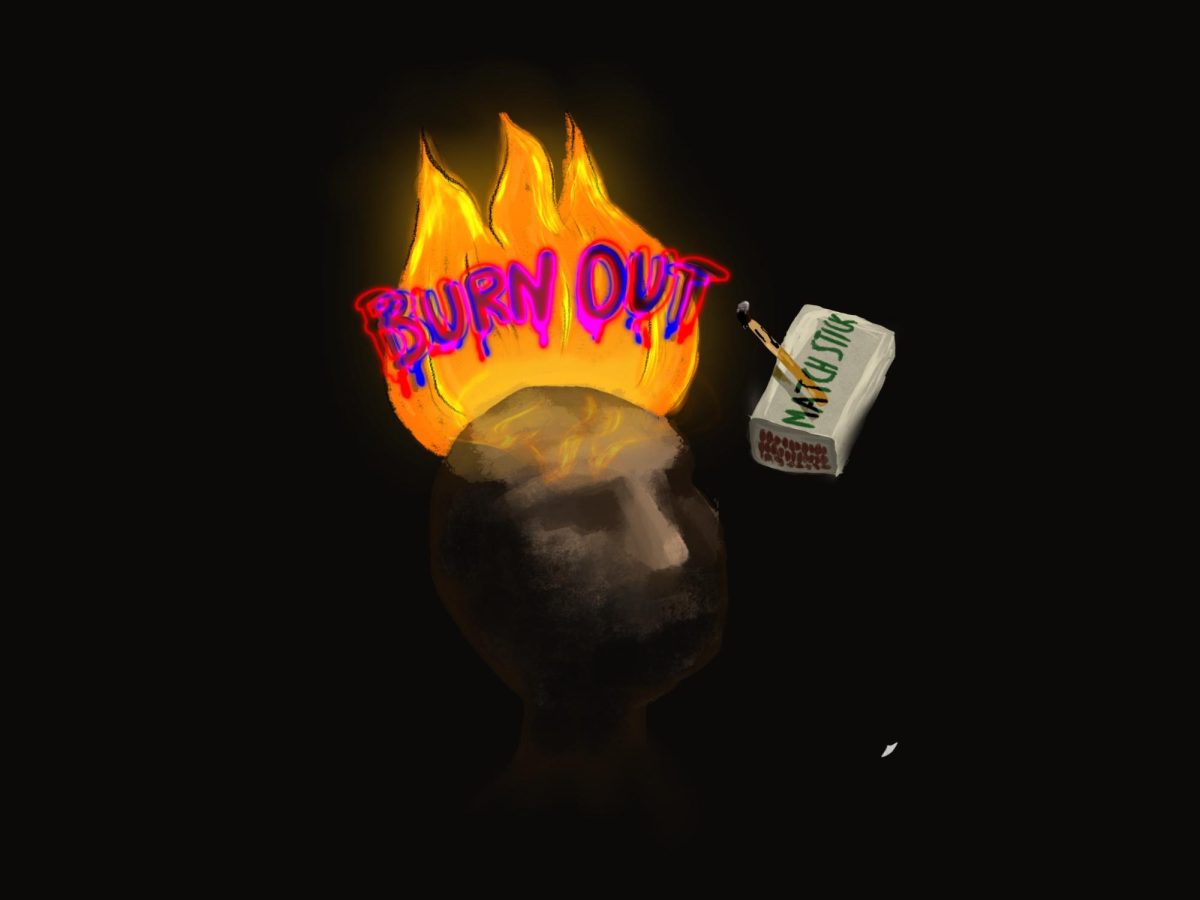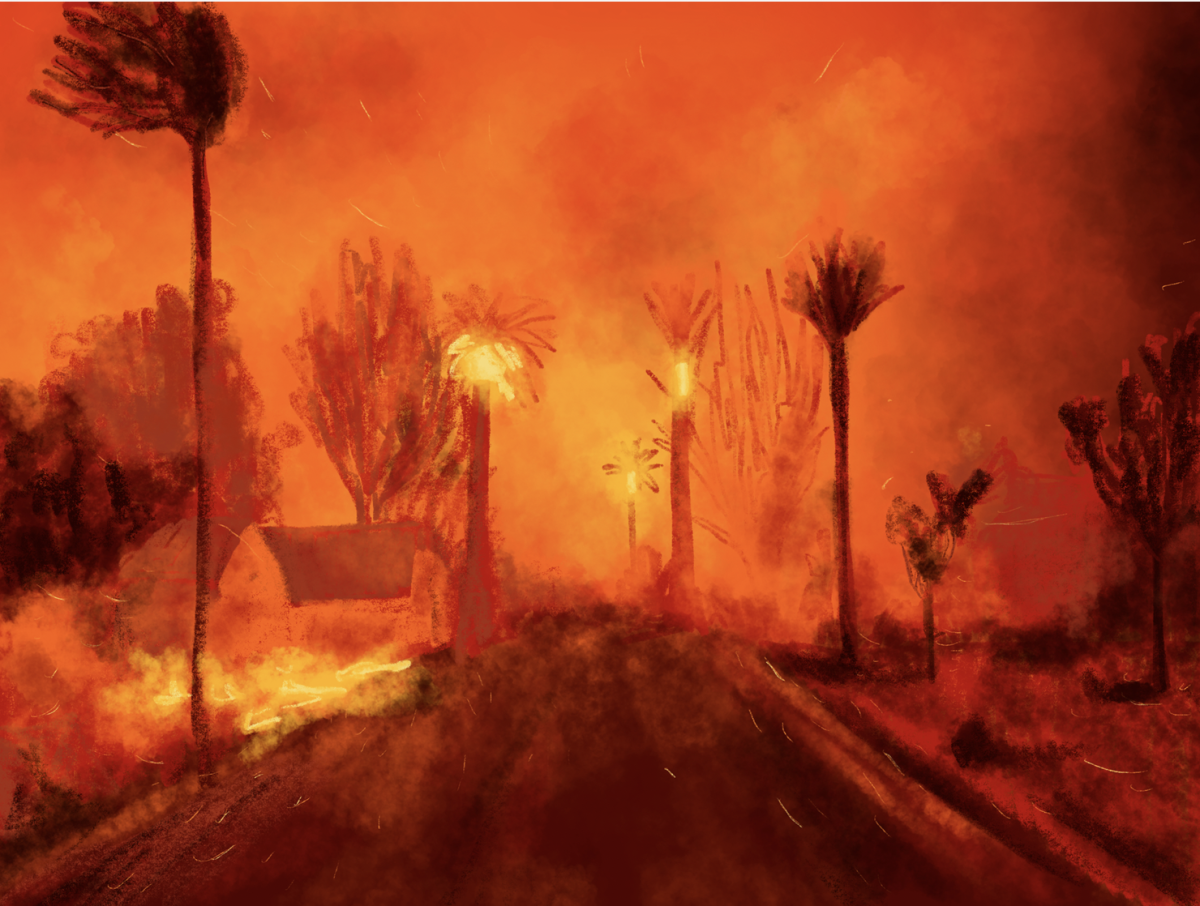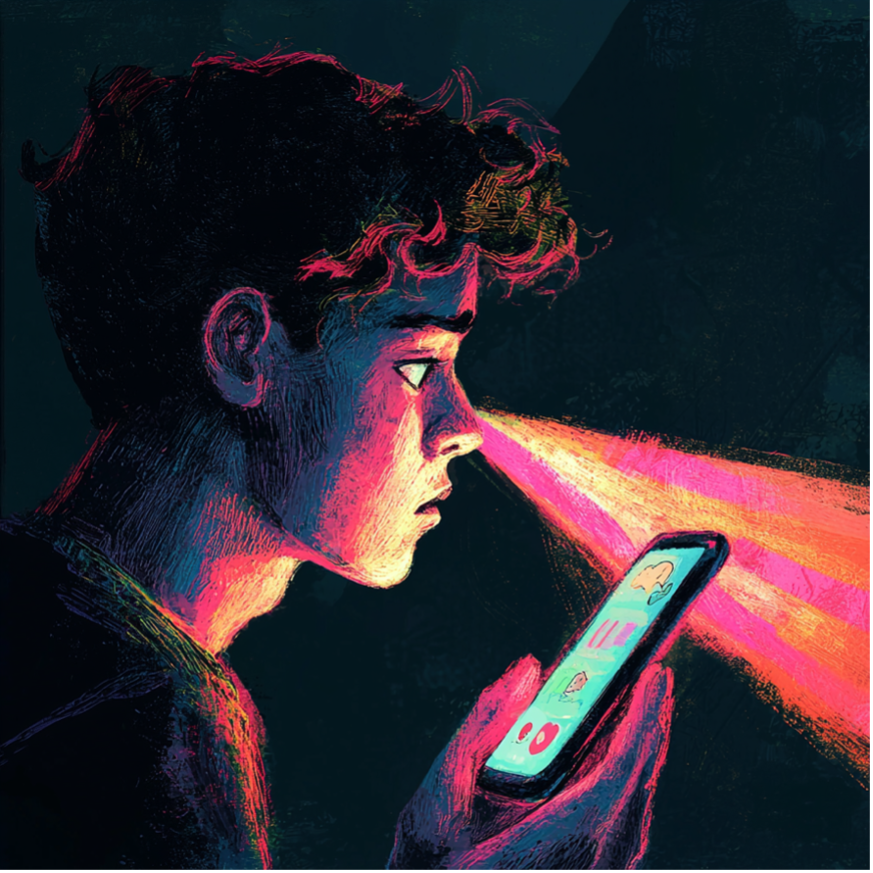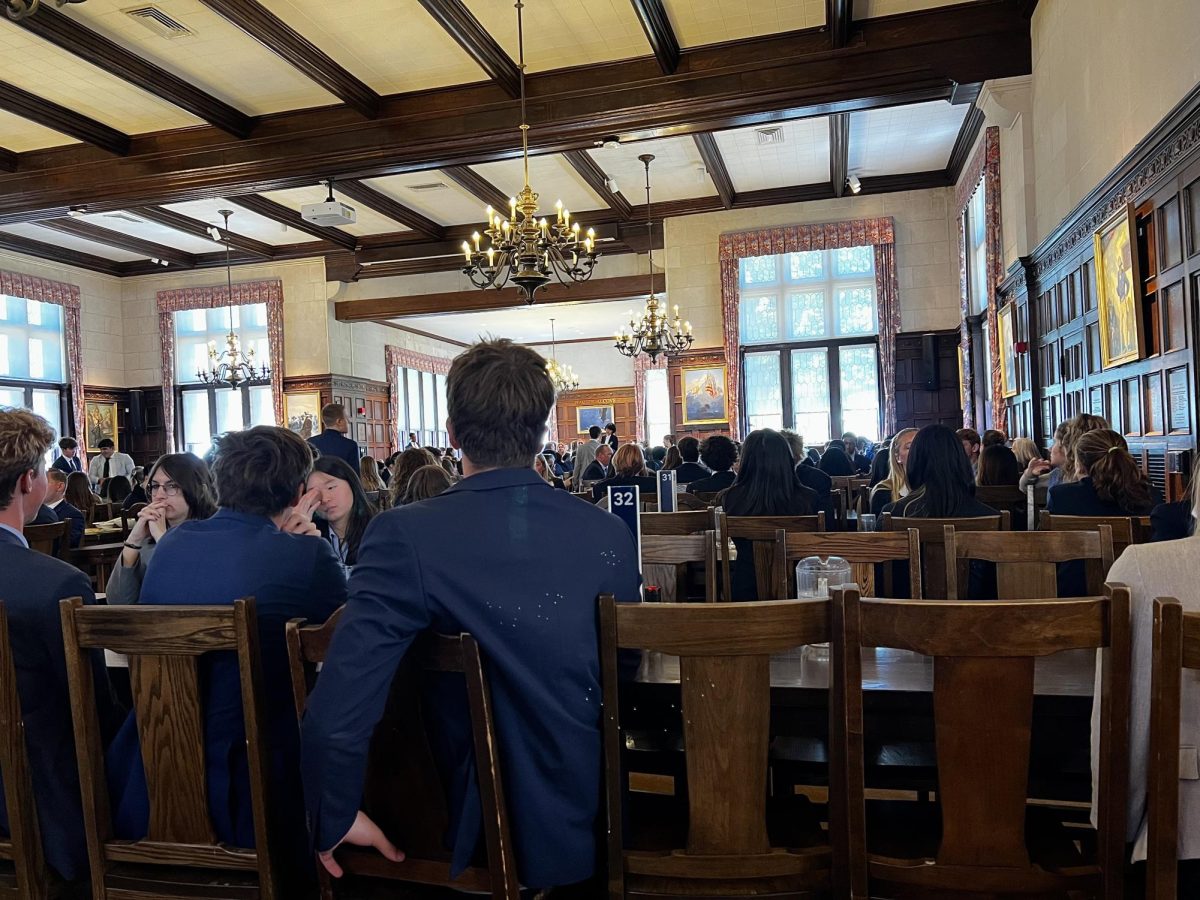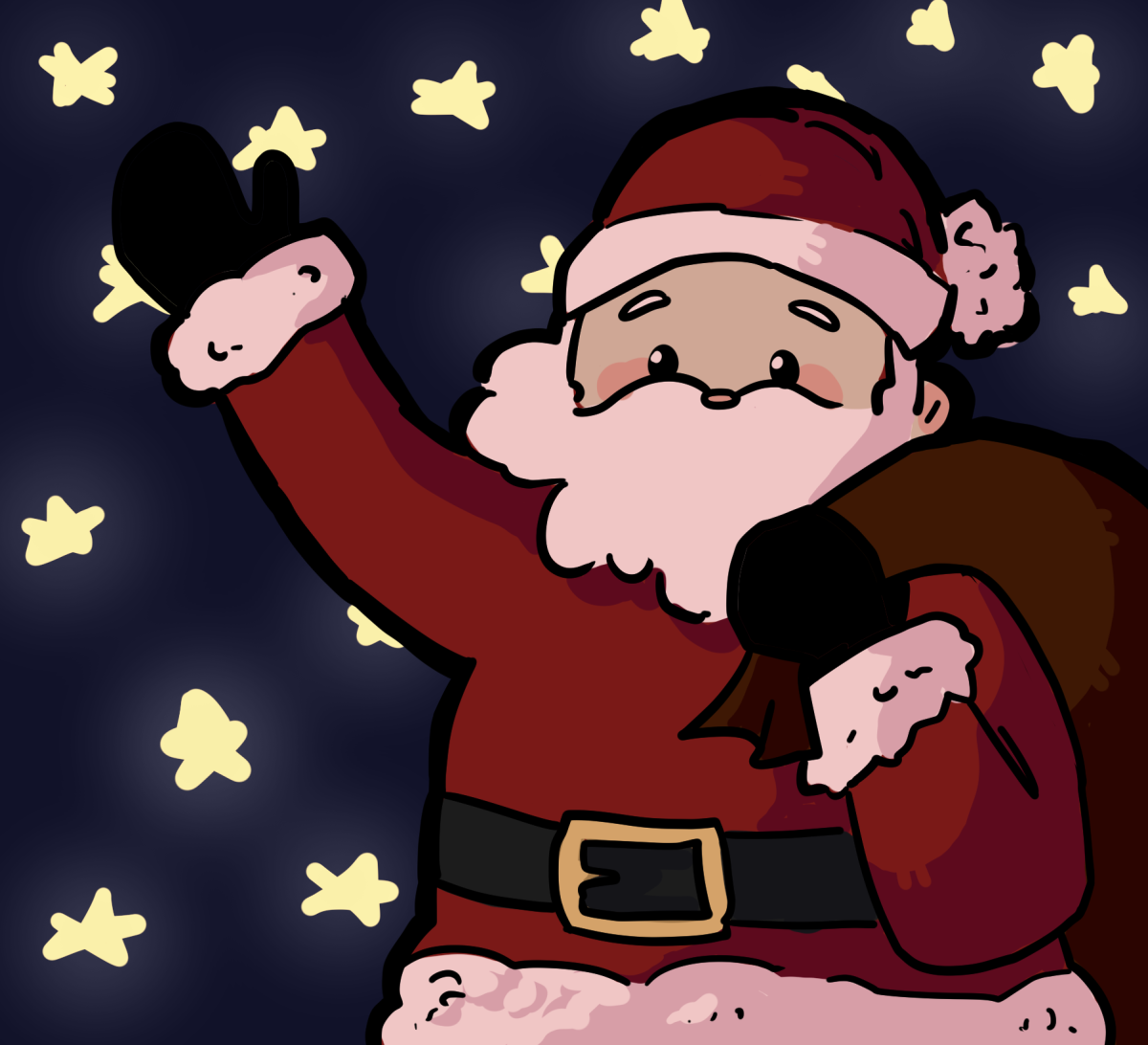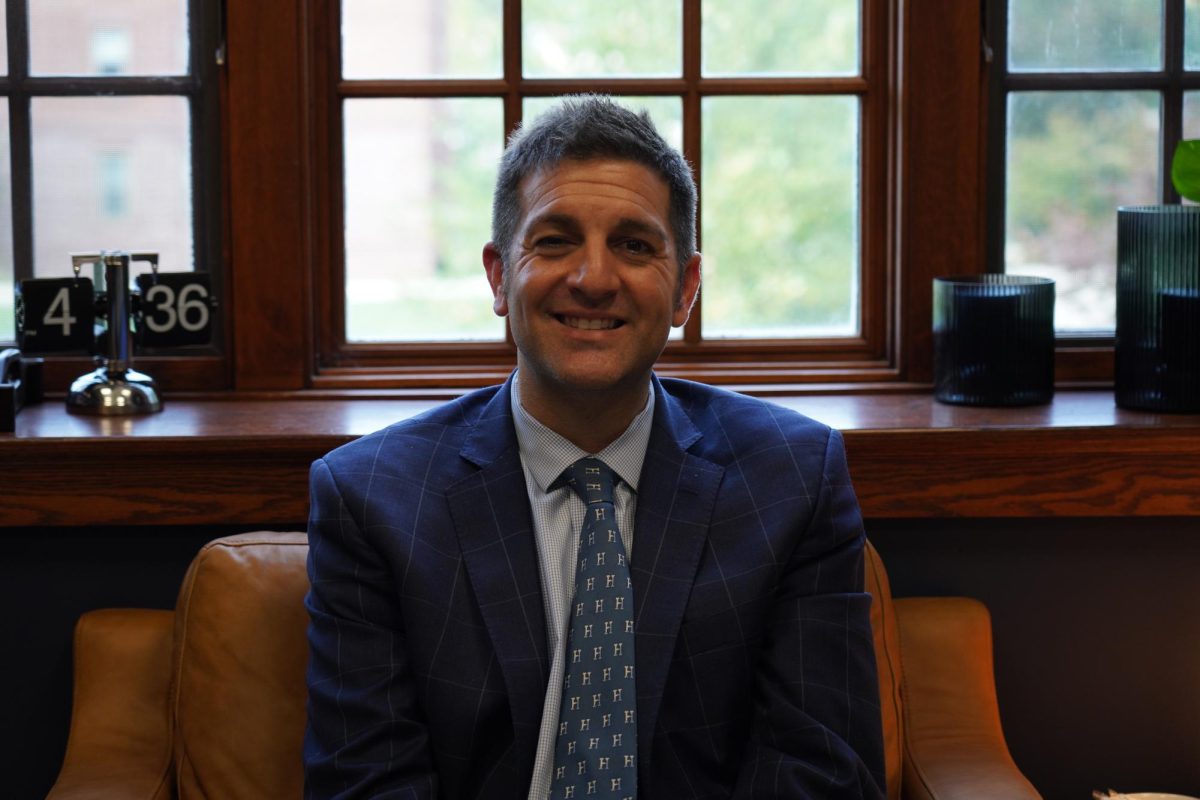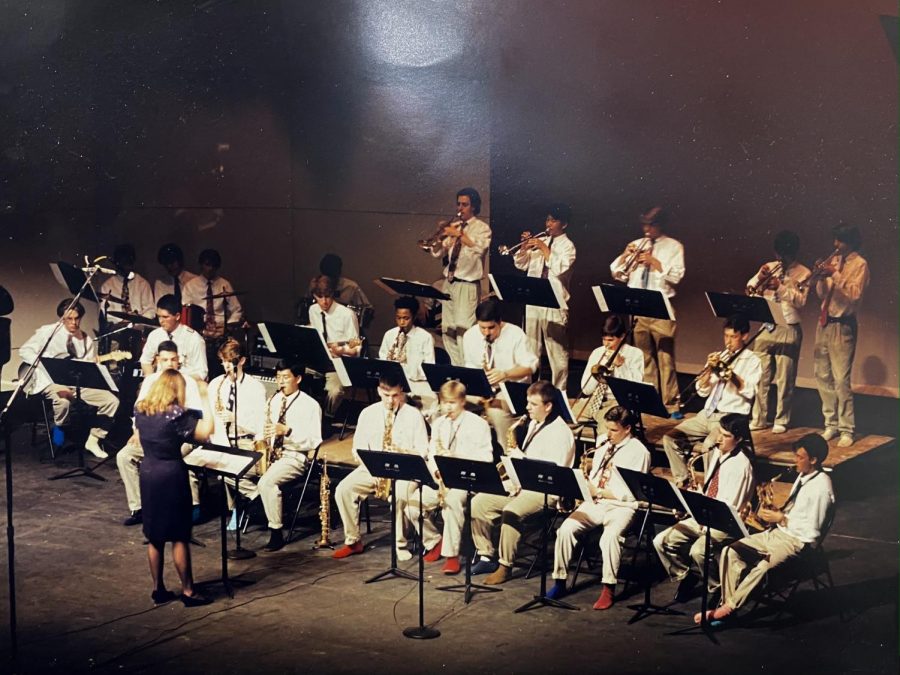Musical memories throughout the years: Hill looks back on its musical beginnings
This archived photo, located in the CFTA, shows one moment in Hill’s long musical history. Photo by Sarah Jiang ’22.
The Hill School is well-known for many things, one being its musical arts program. Students have the opportunity to participate in orchestra, jazz, chorus, piano, and many other programs and classes. Besides its current music scene, the Hill also boasts a rich musical history.
With a total of 37 instrumental music faculty throughout its history, Hill currently has three still serving: Senior Master of the Arts Margaret Ritchie Neiswender, employed at Hill since 1986; Oaklawn-Tuttle Director of Vocal Music Yoon Soo Lim, who began at Hill in 2014; and Garrison Smith ‘15. These three keep the music program alive today.
Neiswender, one of the longest-serving faculty members, transformed the music department with her formation of Hill’s first orchestra.
“The first orchestra was just an oboe, flute, and a violin!” Neiswander laughed. She went on to describe how band practice worked before the CFTA. With no separate practice rooms, instrumentalists used what is currently faculty housing as rehearsal space.
The history of Hill’s music program, however, dates further back: all the way to 1884. The first instrumental music teacher was Edward Giles, a staff member for one year. After his leave, three other teachers entered the music program: William Stoll Jr., from 1887-1901; Thomas W. Surette, from 1891-1894; and Ira L. Tipton, from 1896-1898. Lloyd Tuttle, a long-time music instructor at Hill, started the Hilltones in 1954, structured after the male singing group at his alma mater, Yale. In 1984, Hill was introduced to its first Black teacher who taught in the music department, Anthony D.J. Branker. The Hill Trebles was created when the school became co-educational in 1998, continuing Tuttle’s legacy.
According to Head of Archives Louis Jeffries, Hill experienced a large decline in the instrumental program between 1935 and 1965. Royal Andrews Merwin, a young head of the Music Department, died at the age of 36. He started working at the school in 1934 until his death one year later. This impacted the music program tremendously. “On his first anniversary as head of the music department of The Hill, Royal Andrew Merwin, 36, died yesterday morning in the school infirmary,” states the local newspaper at the time. It’s assumed that his death had an impact on the decline.
The Center for the Arts was built between 1988 and 1989, with its grand opening in 1989. Its presence alone showed a commitment to the music program at Hill. According to Hill’s website, “The CFTA houses the Center Theatre, a 700-seat proscenium theatre that serves as a learning laboratory for budding actors and actresses, scenic and lighting designers, and theatre technicians.” The lower level includes the Boyer Gallery, which is a 2,000 square feet exhibit space. It recognizes artists and allows their artwork to be shown to students, parents, faculty, and more. The gallery was dedicated to the Boyers on Oct. 3, 2003, a family who has generously supported the Hill, as well as the surrounding community. The main floor of the CFTA hosts the Black Box Theatre, a smaller theatre for a more intimate performance. It was used last for the production of Chicago in fall 2019. The space allows for an audience of 65 to 70 people and is ideal for an engaged audience.
When COVID-19 hit, vocal music changed drastically. Singing indoors was prohibited in order to curb the spread of COVID-19. Singing together, as the school did previously, was now impossible.
“During Virtual Hill (March-May 2020), vocal students learned music and sang over Zoom (muted at all times, except for the director) and learned to create their own audio and video recordings for virtual performances,” Lim said.
Despite in-person classes resuming in the fall, changes still had to be made. When weather permitted, vocal students were able to meet in the Dutch dormitory tent to sing for 30 minutes. During class time students learned how to learn music through audiation, which means using their inner hearing instead of actually singing.
“Despite the challenges, however, all the vocal ensembles produced nine music videos since April 2020. I am extremely proud of my students who have worked hard to learn the music under these new circumstances and still made beautiful music,” Lim said.
Bill Robertson ‘92, an alumnus of the Hill School who was deeply involved in the music program at Hill, shared some musical memories, saying, “In the late 80s and early 90s, there was an amazing live music scene.”
Together, Neiswender, Jim Reifsnyder, an instructor of history at the time, and a talented student body expanded the music program. Live music was a big aspect of Hill at the time, with school dances, coffee house performances, and open mics all being popular weekend activities.
“I think I was in probably five or six different bands over my career. We would sneak into the CFTA (newly opened by the way) to rehearse. We loved playing together so much,” Robertson said. Music can be a great outlet for many students, and it meant a lot to Robertson. This motivated the creation of the Summit Jam, the musical component of the Leadership and Career Summit that existed for almost a decade in the 2010s. “The concept was to provide a super fun atmosphere for current students to get together and just play.”
Parents, faculty, alumni, and staff helped put together the band as they put sets of rock and pop music together. “I can still remember playing in front of packed houses in the Music House or on the Quad during Strawberry Festival back when I was a student. Magical moments,” stated Robertson in an email.
Brian McTear, an alumnus who began his Hill career in 1987, gave insight into Hill arts at the time. “The CFTA opened my 5th form year,” McTear said. “For that first year, the school didn’t have nearly a full schedule’s worth of uses for the building, and so, as Bill mentioned, a small group of us sorta claimed it for ourselves.”
During McTear’s last two years, the CFTA was a safe space for him and his friends. “Mrs. Neiswender (then ‘Miss Ritchie’) was incredibly generous to me personally. I often remind her that she actually took my 6th form band ‘Mothers Garden’ on our first road trip – a chance to play at an all-girls school (The Fox School in Va.) to play a battle of the bands. The band returned in later years to perform at many formal dances along with the spring fling! I also recall returning to see my younger brother Brendan’s band ‘Ra The Sun God’ play as well. That night’s performance resulted in some real controversy when he yelled the F-word through the PA before one of the songs, resulting in the show being shut down. Ha,” McTear said.
“I hope there could be a similar culture of bands at Hill again someday. It was so cool, and it really laid the foundation for how I think of myself, and all of my former classmates think of me as well, to this day,” said Robertson.
Hill’s current music scene is amplified by that of its past. Hill’s student band, together with its many music classes and programs, continue to keep its musical legacy alive.

